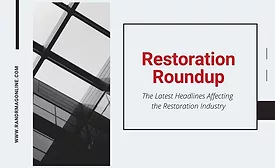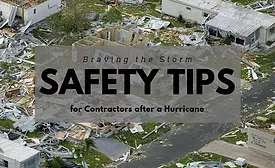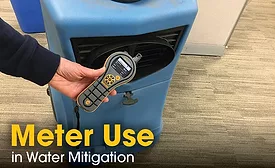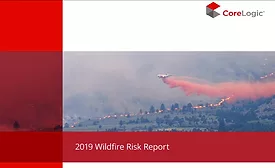Home » disaster restoration
Articles Tagged with ''disaster restoration''
Top Tips for Moisture Meter Use in Water Mitigation
The ANSI/IICRC S500 and Meters – What is Standard of Care?
Read More
Stay ahead of the curve with our eNewsletters.
Get the latest industry updates tailored your way.
JOIN TODAY!Copyright ©2025. All Rights Reserved BNP Media.
Design, CMS, Hosting & Web Development :: ePublishing











